“What’s up Doc?” are three words most famously attributed to Bugs Bunny, everyone’s favorite carrot lover. But did you know that Mel Blanc, the original voice actor of Bugs Bunny for nearly five decades, hated carrots? Initially, they tried to let him chew other crunchy food that could mimic the sound of chewing carrots, but nothing else sounded quite like carrots.
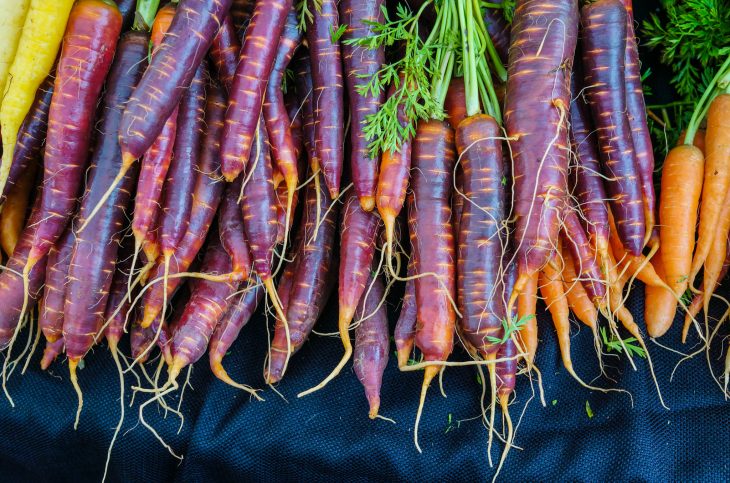
So, Mel Blanc had to stick to chewing carrots for almost 50 years even though he couldn’t stand them. In fact, he hated them so much that he actually spat them out immediately after chewing them!
- MUST READ: 5 Best Battery Powered Weed Eater
Why would he do that? Carrots are delicious and good for you! They are packed with beta-carotene, high in fiber, an excellent source of antioxidants, and are also rich in vitamin C, vitamin A, vitamin K, vitamin B8, folate, pantothenic acid, copper, iron, and manganese. Moreover, recent studies have shown that carrots also help repair cell damage and slows down the aging of cells.
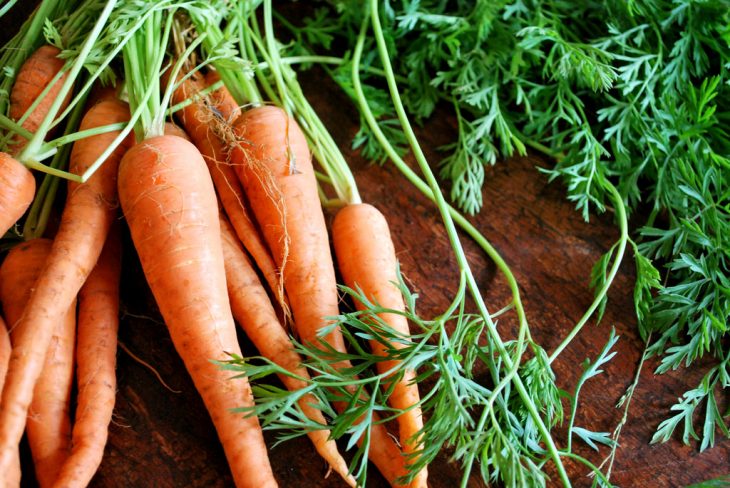
With that being said, wouldn’t it be wonderful to have access to carrots at the comfort and convenience of your own garden whenever you want one? Also, wouldn’t it better to grow them organically, considering that carrots are one of the dirty dozen usually laden with pesticides when commercially purchased? When buying or growing carrots, organic is definitely the way to go since carrots are not only more nutritious this way but also more delicious!
Planting Your Carrots
Carrots are among the most nutritious root vegetables you can grow in your garden. It’s almost unimaginable to have a garden, no matter how small, without them as growing carrots are one of the easiest things you can do. They can be planted in containers that are at least 1 foot deep if space is a challenge in your neighborhood, but if you have enough space for a garden bed in your backyard carrots do thrive in raised beds under direct sunlight.
First thing’s first, after buying the seeds, what do you do next? When planting your carrots, make sure that the soil you use is free of stones and nasty grass. Experienced gardeners say carrot tend to fork when they hit a rock in the soil, giving you misshapen carrot crop at harvest. So if you want to harvest beautifully shaped carrots that don’t like they’re going to give you a high five, make sure your bed doesn’t have rocks. You can double-dig your soil since carrots need deeply tilled loose soil in order to push through. Sandy soil is ideal, and be sure to choose a spot that has full access to the sun.
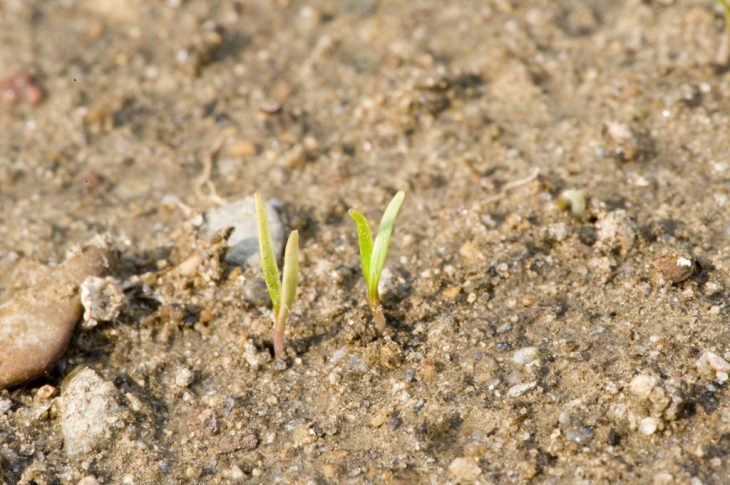
Also, when sowing your carrot seeds, make sure to plant your seeds around 3 to 4 inches apart in even rows that are at least one foot apart to ensure that you don’t overcrowd them and prevent them from growing.
When Is the Right Time to Sow Carrots
You can start growing carrots in early spring, but your plants will be prone to carrot fly attacks. If you want to lessen your chance of having to deal with these pesky pests, wait until the middle of June to start planting.
How Long do Carrots Take to Grow
Baby carrots can be harvested 50-60 days from the date of sowing, but if you if want to harvest mature carrots you need to wait 90 to 120 days. So if you intend to have carrots in October, you need to plant in June but baby carrots should be available by August.
When to Plants Carrots for Fall Harvest
Harvesting carrots in Autumn can be as much fun as harvesting pumpkins, especially if you have a huge garden and a bunch of kids from the family to help you out. If this is what you have in mind, June would be the ideal month to plant carrots. Again, you need to keep in mind that carrots love well-tilled soil to make it easy for their roots to push through. Avoid using tough or heavy soil, as this can result in misshapen carrots. A healthy combination of compost and sandy garden soil in a raised bed would be perfect. After you have made certain that the beds are free from rocks and weeds, you can sow seeds 3 – 4 inches apart in a single row and 12 inches between rows.
To have multiple harvests, sow another row after 3 weeks. Doing this until fall will result in you having a bountiful supply of carrots in winter.
When Are Carrots Ready to Harvest
Experienced gardeners will know when to harvest carrots without even checking its size, but if you are just starting to grow your own it’s always best to take note of the date of planting. Different varieties vary in the number of days to mature, but the average is between 70 and 90 days.
Caring for Your Carrots.
Weeding and Watering
You need to mulch your carrot seedlings every few weeks to make sure the roots stay cool and no other grasses are growing nearby. Mulching will also speed up the growing process and give you faster results. You also need to water your carrot seedlings at least one inch per week to help keep the soil moist so that the carrot seedlings stay hydrated.
How to Prevent Carrots From Flies
A carrot fly is a low-flying insect that is attracted to the smell of growing carrots. Carrots emit a particular aroma when disturbed, such as when you weed or thin your garden out. These insects will then lay eggs on the surface that can turn to maggots that will damage the roots. The safest and perhaps most foolproof way to keep carrot fly from infesting your crop is to use garden fleece to cover your garden beds from the date of sowing until you are ready to harvest.
Many gardeners plant alliums alongside their carrots to confuse carrot fly with their smell. Onion, garlic, chives, and leeks are excellent choices to plant next to your carrots in the same bed.
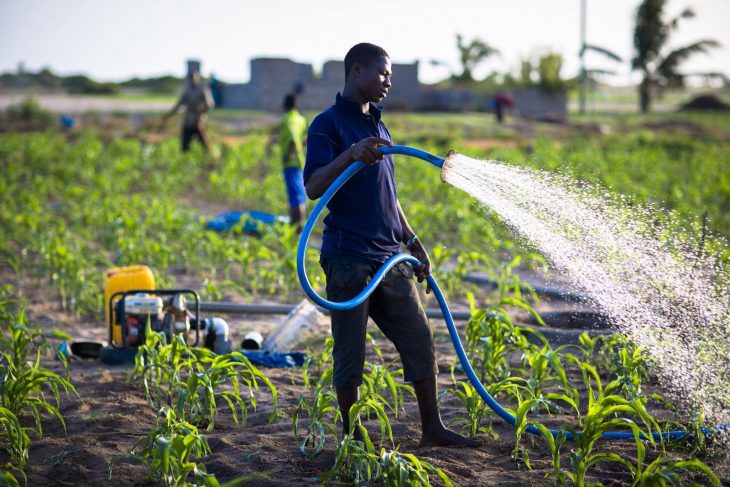
How Tell When Carrots Are Ready to Harvest?
Alright, now comes the tricky part– when do you know that it’s time to harvest them? Below are four surefire ways of how to tell when carrots are ready to harvest:
1. Keep Track of the Planting Date
Usually, the seed packet that your carrot seeds came in contains instructions that tell you how to tell when carrots are ready to harvest. Depending on the carrot variety and the maturity of the carrot you want, it should be ready anywhere between 50-90 days from the date of planting. Thus, it is important to properly label your carrots with the correct planting date so that you can be sure to harvest them at the right time.
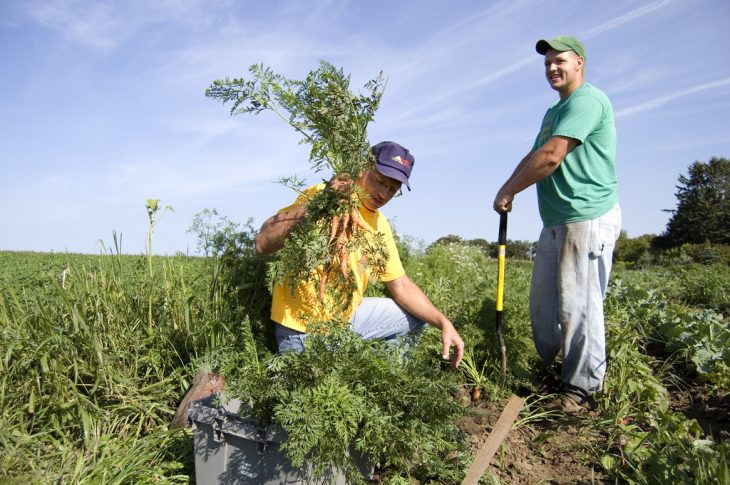
Keeping track of the planting date, either in your calendar or putting the date on a sign right beside the carrot crops, is also important to note in order to make sure you don’t forget to harvest your carrots. The only thing worse than under-ripe carrots is overripe carrots that end up with an inconsistent texture and a wood-like flavor.
2. Check the Carrot Diameter
Customarily, a fully mature and ripe carrot’s diameter will be between 3/4 – 1 inch while that of a baby carrot will be around 1/2 inch. However, these can change, depending on the carrot variety, so be sure to check first.
Nevertheless, don’t allow your carrots to grow and mature past 1 1/2 inches as the taste quality usually degrades when carrots get that old. Old carrots are no longer sweet and tasty.
3. Compare the Carrots to the Average Size for the Particular Carrot Variety
Generally, the average ripe and ready-to-harvest carrots will measure between 7 to 8 inches in length. What you can do is pulling one or two carrots from the same batch to check their length. The size of the test carrots is a very helpful indicator to the rest of the crops in your garden.
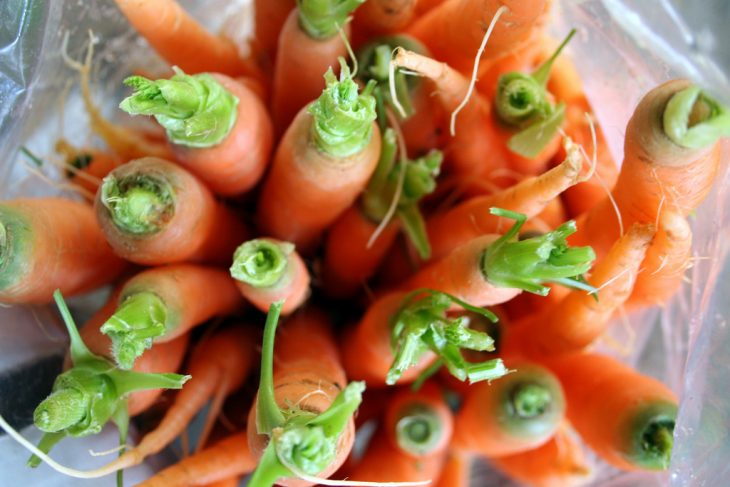
This is a trial and error approach on how to tell when carrots are ready to harvest. If the test carrots are too short, wait for a week or two before you pull out another test carrot.
4. Other Indicators of a Ripe Carrot
Here are some secondary characteristics of carrots that are ready to harvest:
- Ripe carrots have a tender texture. How do your carrots feel? They should feel both firm and tender, not soft or limp.
- What color is your carrot? The color is another indicator of a ripe carrot. A standard ripe carrot should also have a bright orange color. However, it is important to note that this is not the case for non-standard carrot varieties that come in a wide assortment of color, from dark red ranging all the way to pale orange.

Harvesting Your Carrots
After knowing how to tell when carrots are ready to harvest, how do we harvest the ripe carrots? To remove your carrots from the ground, simply grasp the base of the plant and pull upward. Be sure to grasp the actual base of the carrot and not just the carrot tops.
Final Thoughts on When to Harvest Your Carrots
Carrots are indeed delicious! I absolutely love them! You can juice them raw or add them to your favorite smoothie, boil them, bake them into some bread, broil them with salt and garlic, and the list goes on. They’re just so versatile! Carrots are not only a great side dish, but they also add a lot of color and nutrition to your plate.
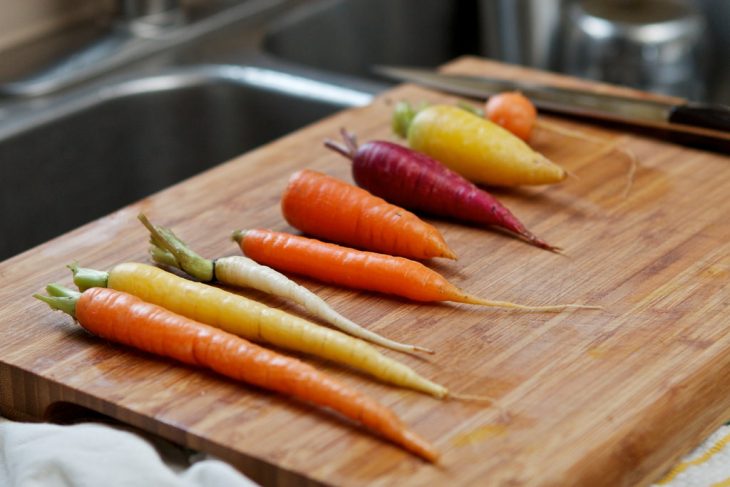
Please do let me know what you think and if my blog entry was able to help you with your carrot harvesting and how to tell when carrots are ready to harvest!
If you have anything to add or any other questions, please also feel free to comment below!
You might like this:
- 8 Steps on How to Store Radishes after Harvest
- How Far To Space Tomato Plants Of Two Classifications
Pin it!
